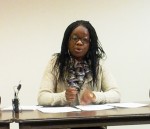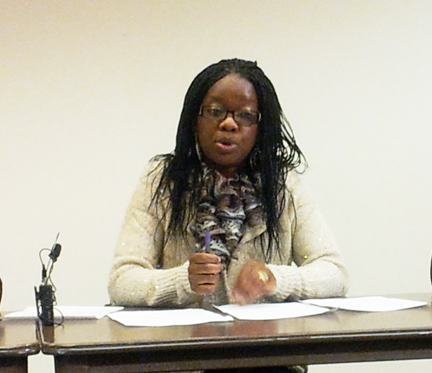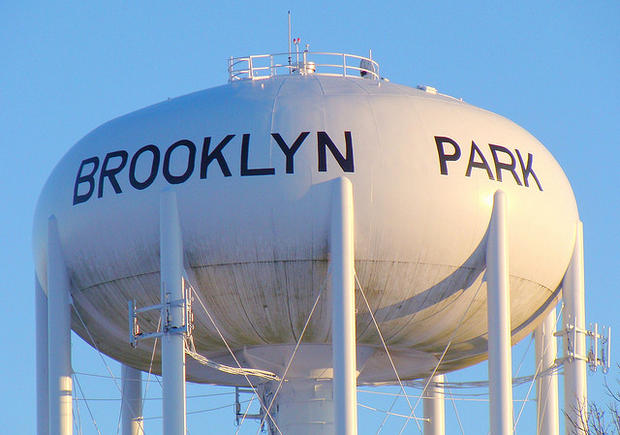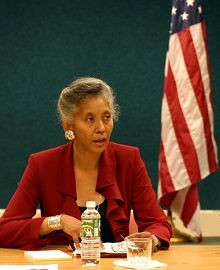


Two University of Minnesota policy analysts, Myron Orfield and Ed Goetz, differ on whether it’s helpful for more subsidized housing to be placed in areas that have high concentrations of poverty and people of color (RCAPs) or in more prosperous suburban areas.
Sitati doesn’t necessarily believe that siting affordable housing is a zero sum game. “Before we get to solutions,” she said, “we have to acknowledge that disparities do exist, and exist along racial lines. But who is crafting the narrative? And is it a solution-based narrative? And who are the experts crafting the solutions?” Sitati added that often, the people most affected by the policies are often not included at the decision making table.
Sitati, an Education Equity organizer with Organizing Apprenticeship Project, sits on the Met Council Policy Planning committee and has been working on a housing plan for the seven-county metropolitan area. She believes that people living in RCAPs should have a choice to move, “but it should be a real choice,” she said. “If all things being equal, I would still choose to movie.”
Sitati stressed that regions aren’t discriminated against. “People are discriminated against,” she said.
In her own community in Brooklyn Park, there were few people of color living there in the 1990s. When large numbers of people of color began moving there, disinvestment started to happen.
“There is nothing wrong with people of color living together,” she said. “Social capital is important. What is happening is people of color are being penalized for living together, while high concentrations of white people are thriving.”
Sitati doesn’t see “spreading out the poor people,” as a solution to the poverty issue. “We have many areas that exist that are denying those people the opportunity to be successful,” she said.
She added that proximity to new jobs “doesn’t necessarily translate to access to good jobs.”








